Let’s Date Rocks! A Geochronological Journey from the Outcrop to a Numeric Age
By Nailah Johnson ’24
That’s where I come in — last summer we conducted fieldwork and collected samples for petrological, structural, geochemical, and geochronological analysis of the Oakville suite. I want to determine 1) if these rocks are truly volcanic in origin, 2) when these rocks formed (how old are they), and 3) their provenance — are they formed locally or part of an exotic terrane that tectonic collision later delivered to North America.
Outcrop NJ-14 consists of large boulders that protrude from the forest floor along the flank a low mountain, really, it’s more of a hill, just northwest of Appomattox, Virginia. The outcrop is nothing to write home about, and in Virginia’s summer greenery one could completely miss these chunks of fine-grained sugary-looking rock that stick out of the ground. We collected about 10 kg of this rock for further study.
Back in the W&M Geology Department, I slabbed the sample using our rock saws — cutting them in small billets to be made into petrographic thin sections. We also used a jaw crusher to mash the sample into a coarse sand which we then took to the UTChron lab at the University of Texas at Austin.
But first some details on this rock — NJ-14 is a fine-grained gneissic rock with a white matrix and occasional black, green, and red grains. The coarsest grains in the sample are modest feldspar crystals up to ~1 mm in diameter. Under the petrographic microscope, NJ-14 reveals its secrets. What’s stunning is that feldspar phenocrysts are still preserved in this metamorphic rock. A phenocryst is a crystal that is much larger than the surrounding grains in an igneous rock. The phenocrysts preserved in NJ-14 are clear evidence of a volcanic heritage.
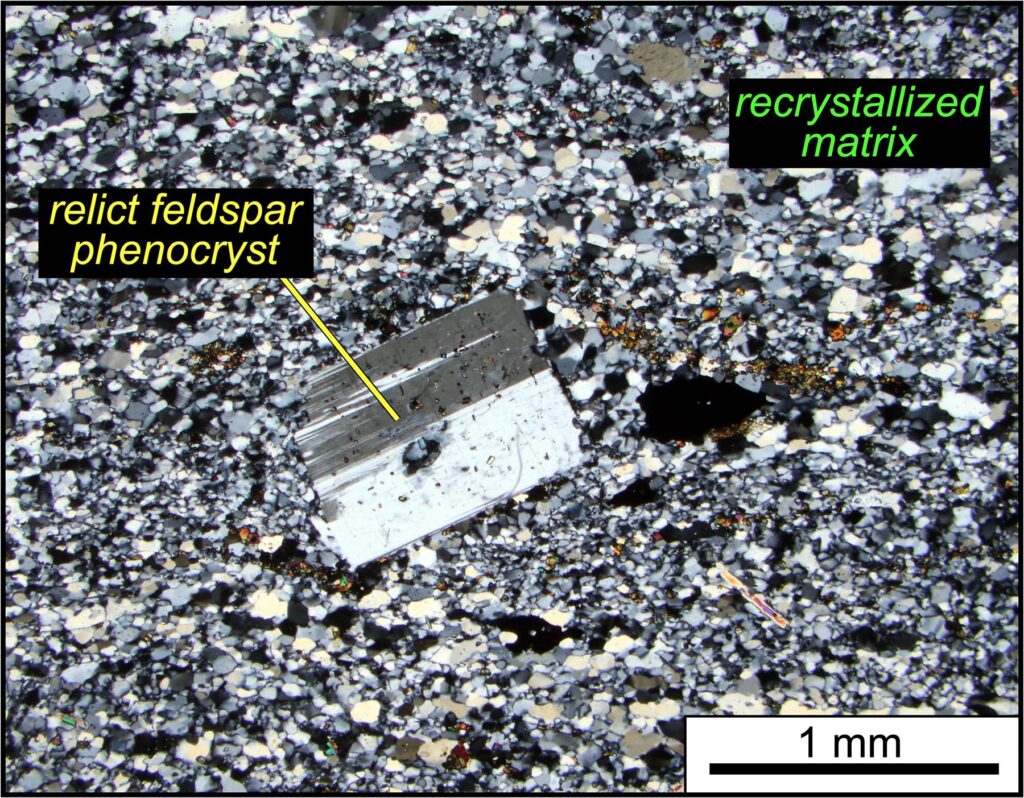
Micrograph of sample NJ-14. Note the feldspar phenocryst in a fine-grained recrystallized matrix. Cross polarized light.
Mineralogically, NJ-14 consists of a mixture of plagioclase, quartz, and K-feldspar with minor epidote and an Fe-oxide mineral. Chemically, the rock is high in silica (75% SiO2) and low in iron (<3% Fe2O3) which plots out as a rhyolite on chemical discrimination diagrams. There is also a trace, just 3.8 parts per million of uranium in the rock that is VERY important as the presence of uranium likely means there are zircons in the rock. Zircons are a geochronologist’s best friend, mineral-wise that is. Zircons form as igneous rocks crystallize, and in the process, they incorporate some uranium into their crystal lattice. Over time, the uranium undergoes radioactive decay and ultimately becomes lead — the rate of decay is precisely known, so if we measure the amount of uranium and lead in the zircon then we should be able to determine its age.
Once in Texas, we got to work separating the zircons from the sample — first we put our sandy rock pieces through a disc mill to produce a fine-grained (<mm) powder of the sample. Then we shook out the sample onto a water table that separates light minerals (feldspar and quartz) from heavy minerals (epidote and zircon). Next came the Frantz magnetic separator which helps differentiate the magnetic minerals from the non-magnetic minerals at different frequencies.
Ultimately, we moved on to the optical microscope where we pick out the tiny zircon grains — which is tricky business — and put the selected zircons on a sticky tape attached to a small glass puck.
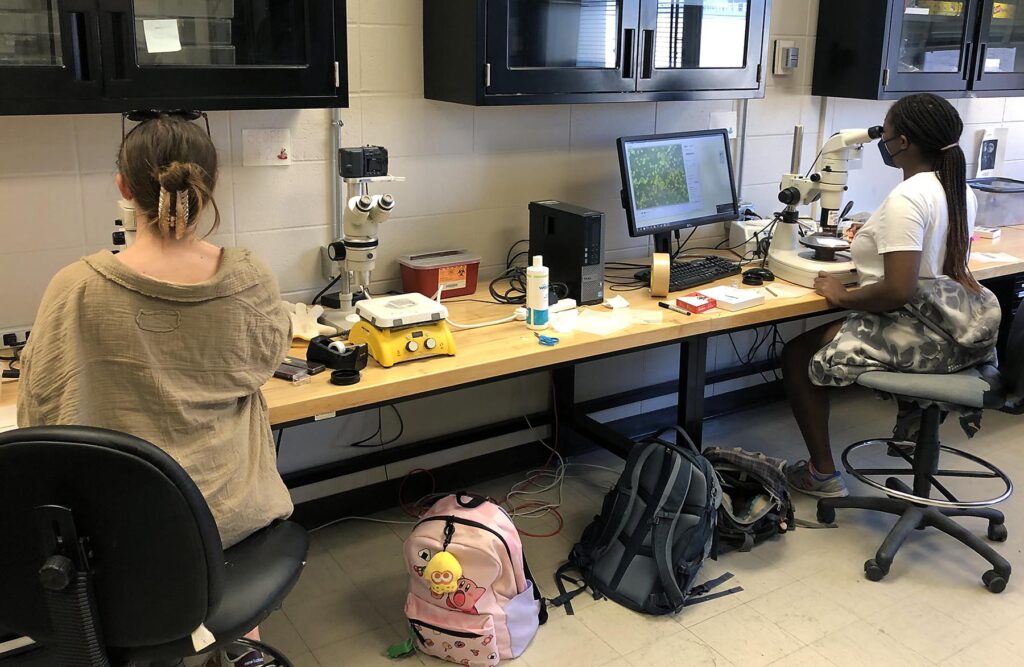
At the picking microscopes in the UT Chron lab. Here we selected the zircon grains which we’ll date.
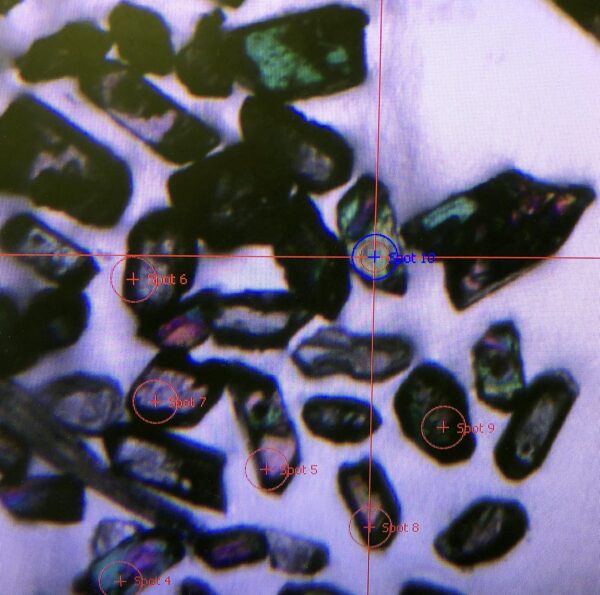
Image of zircon grains and spots for isotopic analysis from NJ-14. Zircon grains range from 0.1 to 0.2 mm in length.
After clicking in the spots for analysis on the zircon grains, the mass spectrometer does its work overnight. The next day, our collaborators Daniel Ruiz and Zach Foster-Baril helped us reduce the data into a meaningful package with numeric ages for each zircon grain.
Ideally, each zircon grain in our sample would yield the same age, but in reality, things are a bit more complex. We obtained age data on 49 zircon grains from NJ-14, a few grains appear to be inherited, and some grains are too discordant (that is different U-Pb isotopes yielded different ages). We threw out the older outlier grains and discordant grains to help infer a more accurate age. My data is illustrated below.
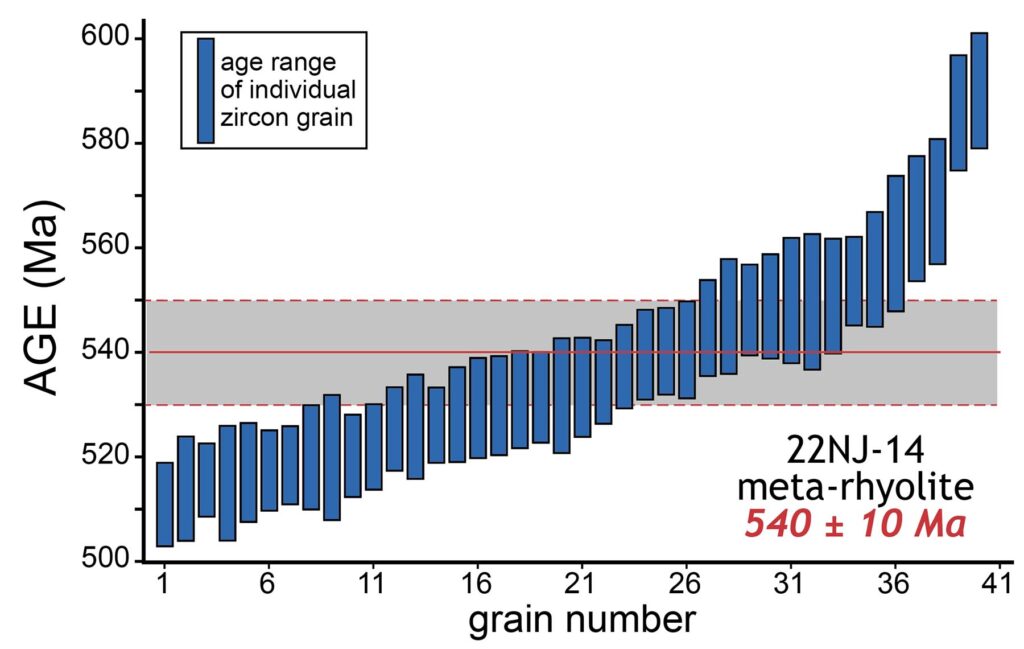
Age plot for zircons from NJ-14. The blue bar illustrates the age range for a single grain and nearly 40 grains are illustrated in this plot. We infer the age of NJ-14 to be 540 ± 10 Ma.
There is a spread of individual ages from 510 to 580 million years ago, but for each grain there is some uncertainty as to its age. So, if a grain’s age is reported as say, 535 ± 8 Ma, the most probable age for that grain is 535 Ma, but it could be as young as 527 Ma or as old as 543 Ma. By taking the entire population of numeric dates and uncertainties, we estimate that NJ-14 crystallized 540 ± 10 million years ago. We also obtained similar ages on four other samples from the Oakville Suite, so we’re confident that we know when these volcanic rocks were erupted. However, we’re still debating the provenance of these rocks and that’s what I’ll continue to research moving into my senior year.
This was a fun, but long process and I have learned a lot from it. I hope you enjoyed this rock’s journey as much as I have!
Comments are currently closed. Comments are closed on all posts older than one year, and for those in our archive.

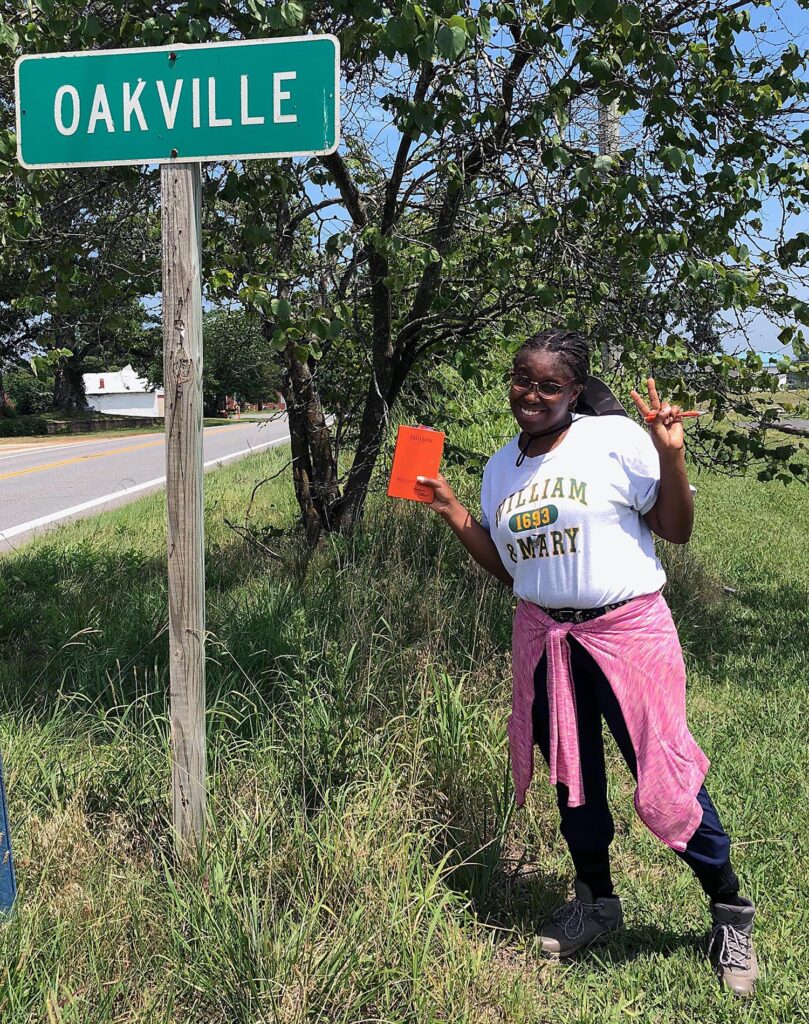
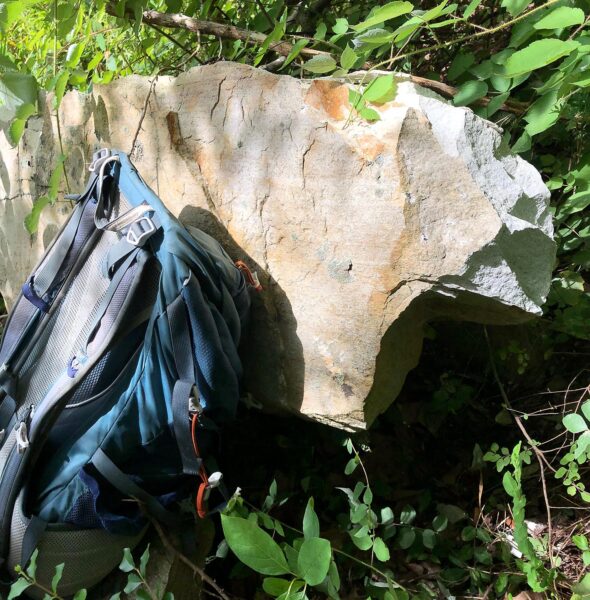
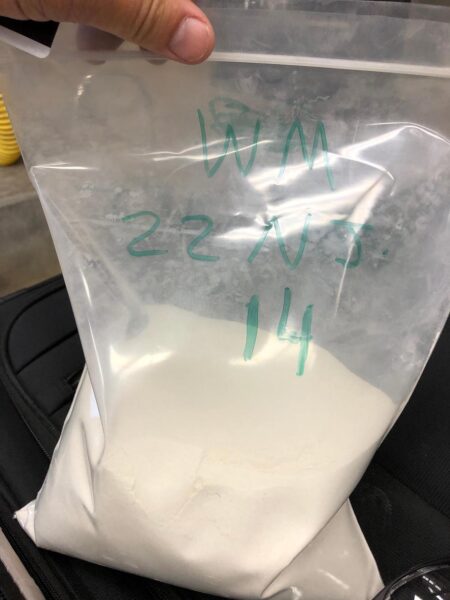
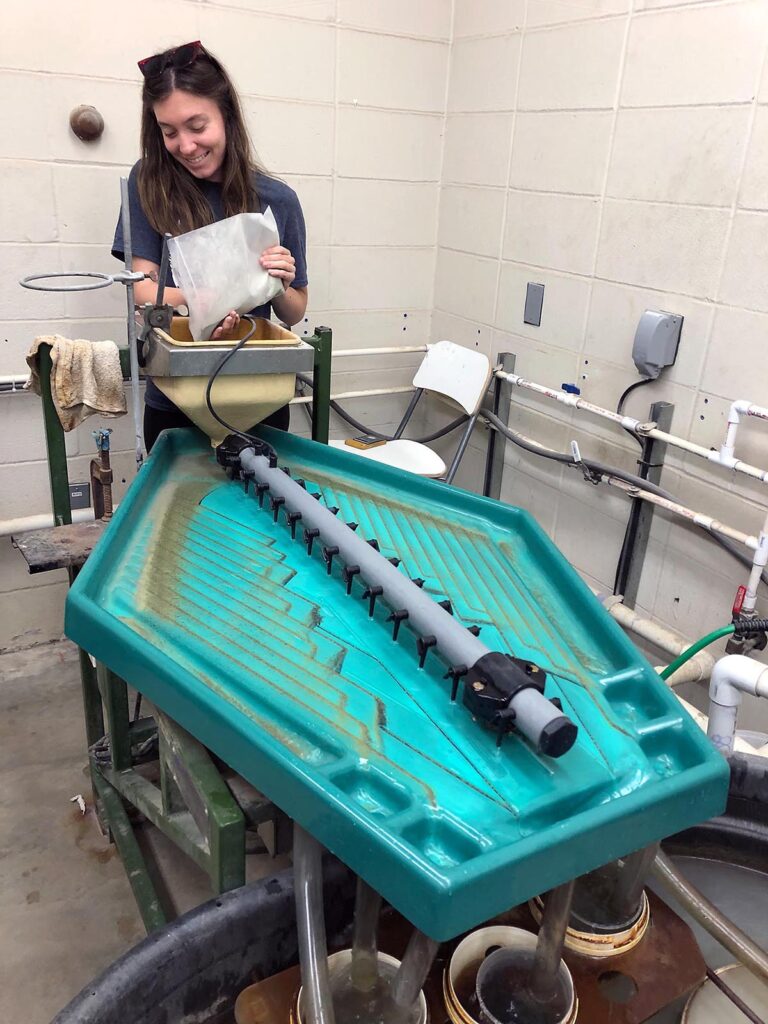
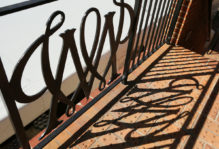


Great work Nailah!
Awesome work Nailah! It’s really cool to see all your hard work come together.
It’s so cool to hear about all of your work! You should be proud, Nailah!
Yay Nailah! The behind-the-scenes photos are great!